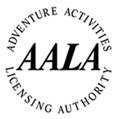It appears that autumn is upon us here in North Devon. We’re waving a fond farewell to the long, sunny days after a busy summer of climbing and outdoor activities around Devon with our lovely customers. And, while it’s always with some sadness that we prepare for the colder months (we are outdoorsy people, after all!), we’re very excited for a big autumn ahead here at Rock and Rapid Adventures!
Of course, the opening of our new bouldering room is the biggest upcoming event on the cards, but we’re also looking forward to an autumn season of good old fashioned indoor climbing – and a little training, too. If you’re a relatively new climber, or you’ve just visited us a few times over the past few months, now is a great time to take your skills to the next level.
And for many people, that means one thing… lead climbing!
What is lead climbing?
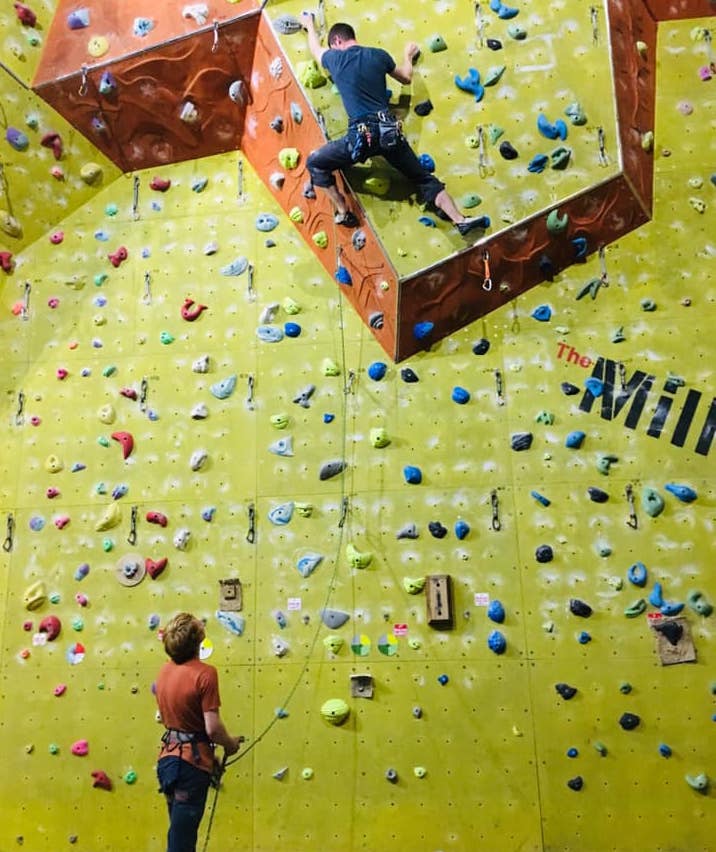
So what exactly is lead climbing? As many climbers like to say, leading is climbing with “the sharp end of the rope”. Also called sport climbing, lead climbing involves taking the rope, which is attached to your harness and to your belayer, up the wall as you climb, periodically clipping it in with quickdraws to bolts for protection. These clips allow the belayer to stop your fall, should you take one.
Unlike top-rope climbing, where you are attached to an anchor at the top of the wall, with lead climbing, you add attachment points from the bottom as you ascend. The belayer gives out rope while you climb, and also stops the rope when you fall or take a rest.
For many people, learning to lead climb is initially a daunting task. You may feel slightly less secure at first because, in between clips, there is no tension attaching you to the wall from above. But, done right, lead climbing is as safe as any other kind. It also provides innumerable benefits, the main of which being increased freedom of movement.
As you progress as a lead climber, you feel a sense of control and confidence with your climbs that you don’t quite get to the same extent with top-rope climbing. You are unable to ‘sit’ on the rope and be aided by your belayer ‘pulling’ you up the wall – so you feel more in touch with your own movements, technique, and progression.
There’s a definite feeling of liberation that comes with lead climbing, and you will probably find that you soon come to enjoy leading more than top-rope climbing for the holistic approach and the buzz of self-sufficient climbing. The majority of experienced climbers will choose to lead as their primary climbing medium, and it is generally considered the ‘optimum’ approach.
In fact, lead climbing is even set to feature in the 2020 Olympics! If that’s not reason enough to give it a go, I don’t know what is!
Why learn to lead climb this autumn?
So now you know what lead climbing is, and why so many long-term climbers move over to this discipline. But why is autumn such a great time to start this journey? Here are a few reasons…
It’s training time!
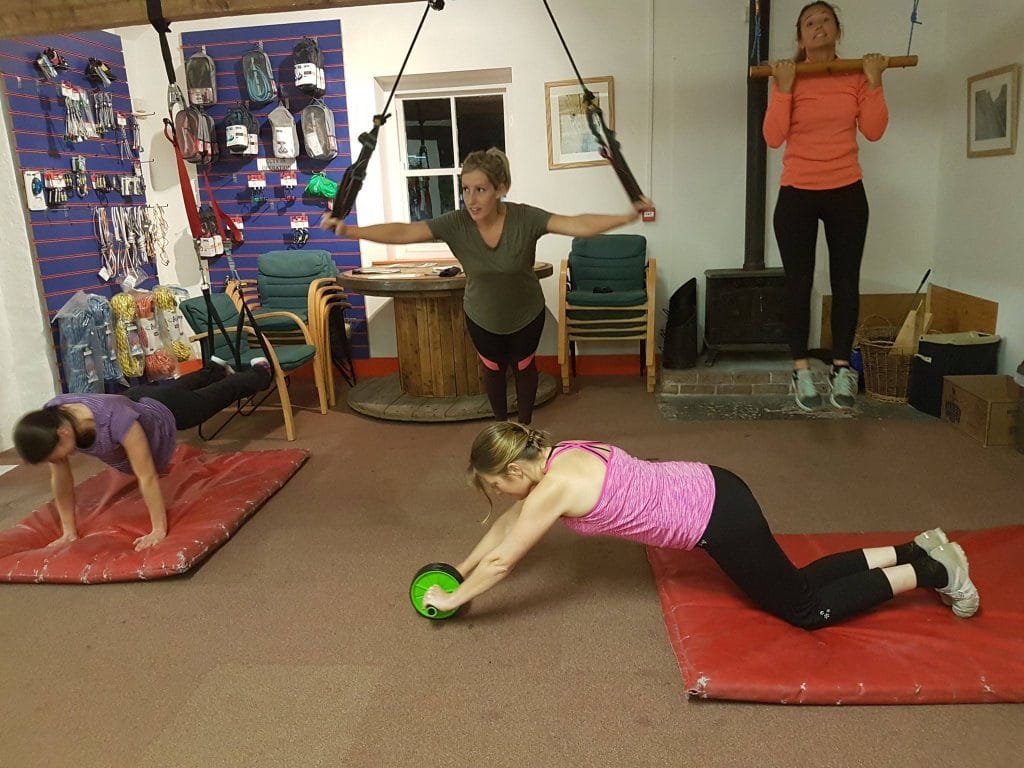
For the majority of climbers, summer is synonymous with outdoor climbing. Here in the UK, the chance to get out on real rock during dry conditions isn’t all that prevalent, so we like to make the most of the warmer months to do just that! If you’ve been climbing for a while, you may have already experienced outdoor climbing in the UK, whether independently or with a guide. There are some top-roping routes available around the country, but it’s no secret that the majority of British outdoor climbing – and outdoor climbing in general – requires leading.
For those of us who already lead, that means that the summer is all about “playing” outside, and the autumn and winter are for training – getting stronger and improving our technique for the following season. But, if you haven’t tried leading yet, it also means that the autumn is the perfect time to learn, giving you the entire of the winter months to develop the essential skills and get some training in for a summer of fun! Make the most of the gloomier weather and shorter days getting a thrill lead climbing in our warm, cosy center until as late as 10 p.m. at night!
Expand your indoor climbing opportunities
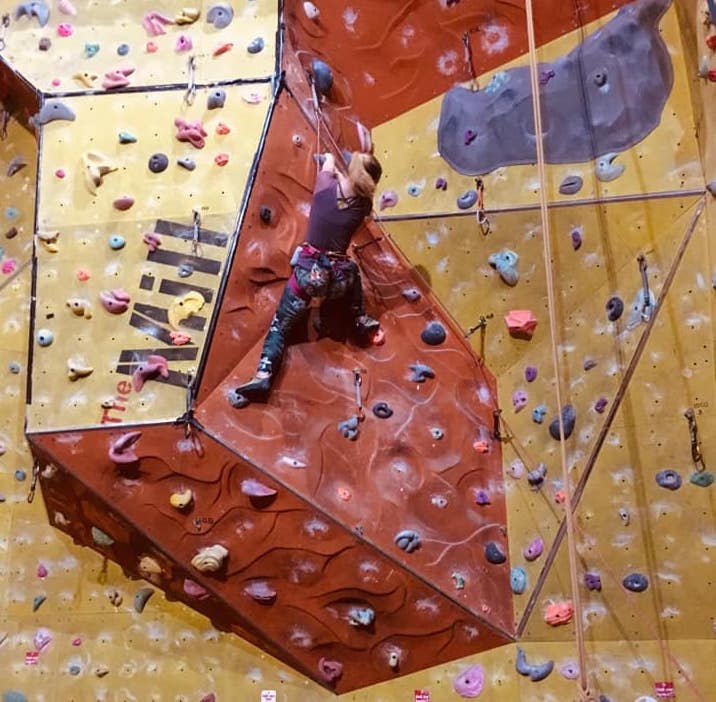
As you will have noticed if you’ve visited us before, around half of our climbing wall is dedicated to lead climbing. If you never branch out beyond top-roping, that will mean that you’re somewhat limited to the climbs you can try based on where we have fixed ropes.
Learning to lead therefore opens up the entire climbing wall for your enjoyment. Once you’re a confident lead climber, you’ll be able to try out all of our lead climbs, reaching greater heights than our top-rope wall and trying out more challenging routes, with various overhangs, corners and roof problems. If you’re able to lead climb, you’ll never run out of new routes to sample – even if you were to visit us every day!
Open up the world of outdoor climbing
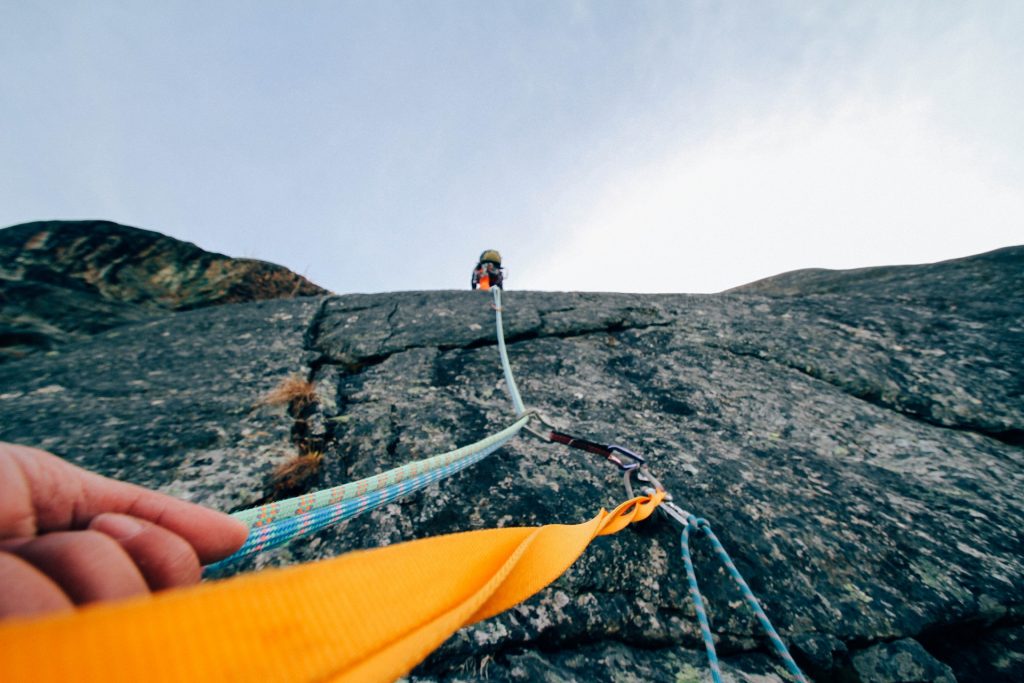
However, most climbers would argue that the most impressive of lead climbing experiences lie in the great outdoors. The majority of UK climbing is done on lead, so if you want to have plenty of choice when it comes to getting out with friends, learning this skill is vital.
It is, of course, much more effective to learn the skills you need indoors first, under the instruction of an expert and in the presence of safety teams. Once you are confident climbing at or above your normal ability level on indoor leads, it’s time to get outside! There are millions of rock climbs just waiting to be discovered.
Learn new ropework skills
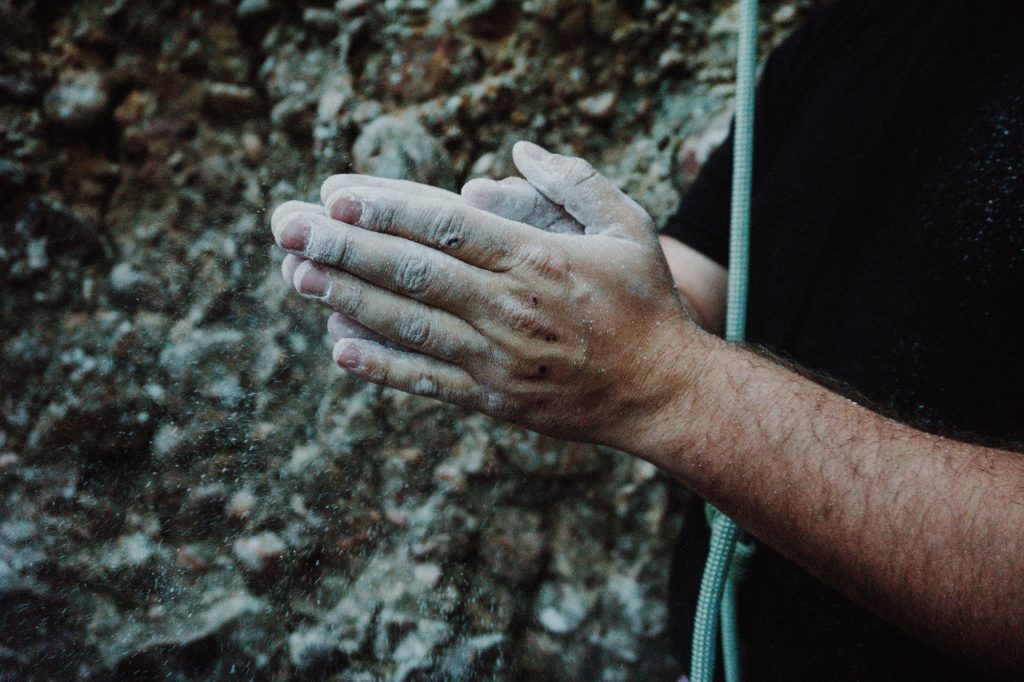
One of the main ways in which lead climbing can contribute to your overall competence and safety as a climber is in teaching you new ropework techniques and best practices for outdoor climbing. On our Step Up to Lead courses, you will learn how to safely clip into quickdraws on the wall, but you will also learn how to take them up and attach them to the bolts as you go, as you would outdoors. One of the main elements of this course is learning how to lead belay. Here, the techniques are somewhat different to top-rope belaying, as you will have to learn to give out the rope to allow the climber to ascend, whilst also being able to monitor their movements and prepare to take in the rope should they take a fall or need a rest. You will also learn about positioning yourself to keep climber and belayer safe when leading.
Outdoors, there are even more rope skills required for lead climbing, which you will cover during your course sessions. You will be able to practice setting up an anchor for a second climber, “seconding” routes (removing the quickdraws) and taking the rope down safely and efficiently at the anchor. Whilst these are outdoor climbing skills, it is always much better to get confident with them in the safety of a climbing center before you try them out on real rock.
Be trained by a professional
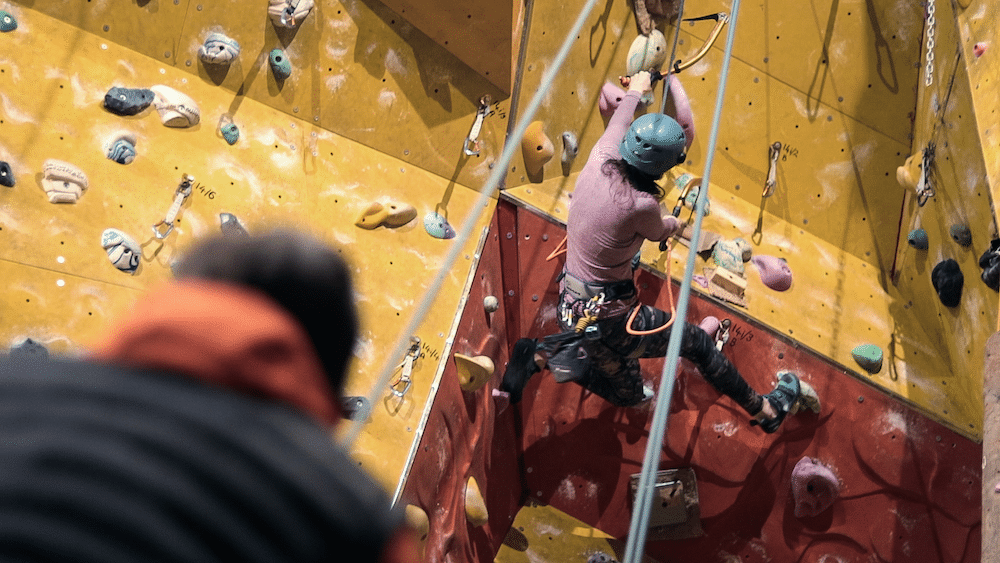
But why exactly should you learn to lead climb with a certified instructor? You may well already have friends who can lead climb, who promise that they can teach you how to lead all by themselves. But we think that everyone should have at least one leading course with a professional climbing instructor.
Here’s why.
Your friends might think that they’re pro lead climbers – and they might well be pretty good – but it’s almost certain that they will have some bad habits, too. As rock climbing instructors, we’re always watching everyone who’s climbing in the center, and one of our biggest responsibilities is to make sure that climbers are following best practices. That means we often find ourselves correcting even the most experienced climbers on their techniques, from knot tying to belaying.
If you learn to lead climb with an instructor, you will be getting the very best knowledge and advice from someone who spends every day training climbers – and is certified with a nationally-accredited organisation. We’re up to date with the latest recommendations and developments in climbing best practices, meaning that you’ll be learning the safest and most effective techniques.
Climbing instructors are experienced, having completed countless lead climbs and belays in their career and personal development. This gives them a wealth of knowledge to impart on new climbers, which they are trained in pitching to stretch and challenge each individual in a fun, safe environment.
Our popular Step Up to Lead course is progressive, teaching you the essentials of lead climbing effectively, and then tailoring the development to your specific level and goals. We run these courses over two 2-hour sessions, giving you the time to consolidate your skills in between.
So, are you ready to take the next step and learn to lead? Our next session is tonight at 7 p.m, or you can call us on 01769 309 003 to book yourself in for a Step Up to Lead course today!






